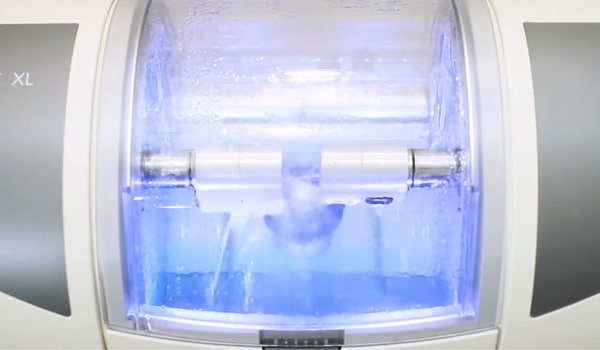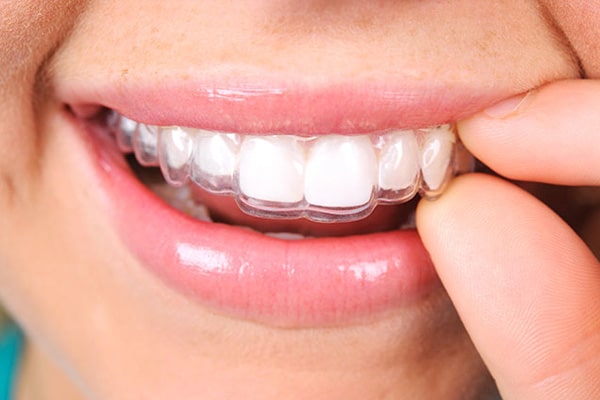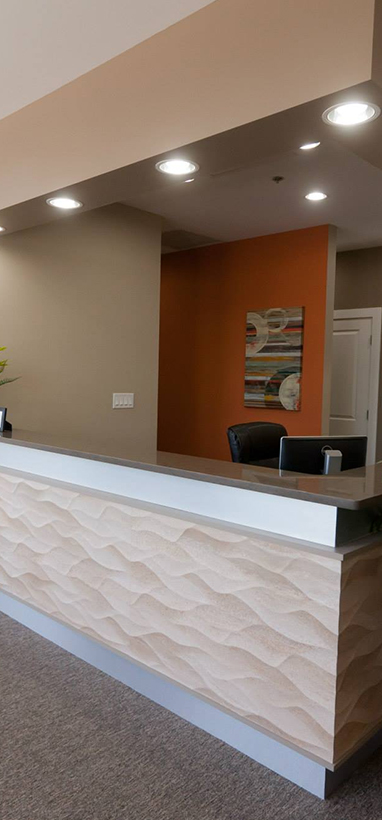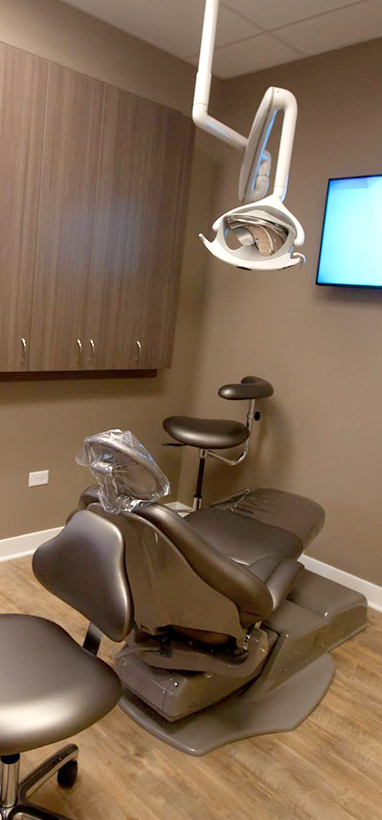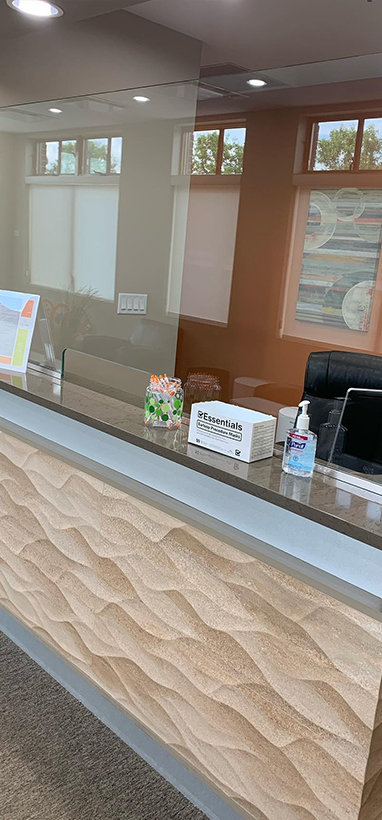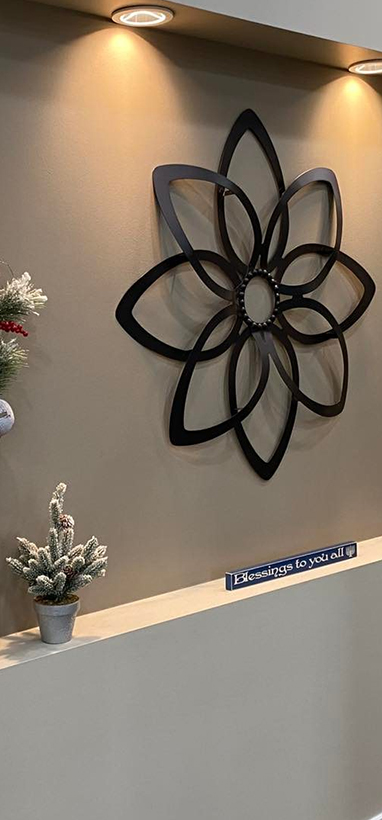1516 Legacy Cir, Naperville, IL 60563
Crooked Teeth (Malocclusion): Causes and Treatment
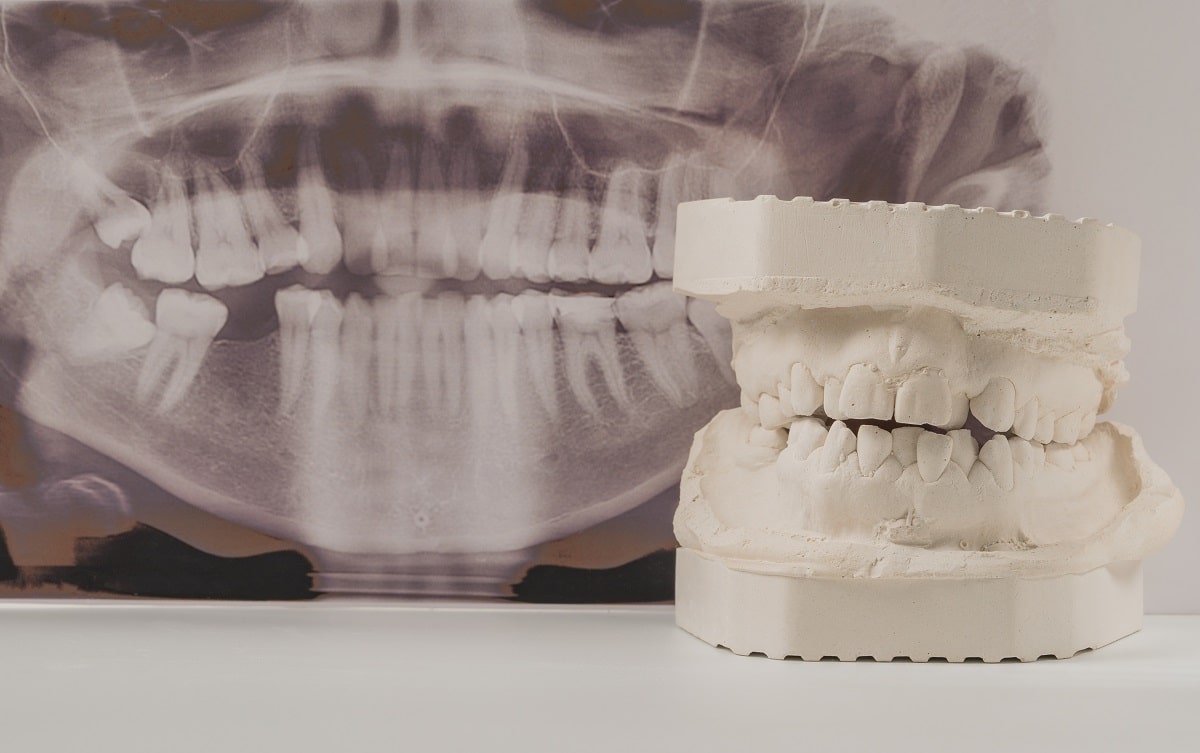
If you feel like your smile doesn’t look quite the way you’d like it too because you have crooked, uneven, or just plain wonky teeth, you’re not alone. Approximately 70-80% of the population require orthodontic correction to fix crooked or uneven teeth. Having crooked teeth is nothing to be embarrassed about and has treatment options.
The Living Well Dental Group professionals want you to be informed about the causes and treatments for crooked teeth. In this blog, we will address all of your questions and leave you with clear information to help you decide about crooked or uneven teeth and their treatment options.
What Causes Crooked Teeth?
There are many contributing factors that may answer the question, why do people have crooked teeth? Here are just a few crooked teeth causes:
Genetics
If your parents or grandparents had crooked teeth, it is possible that you will have crooked teeth also. The size jaw and teeth that you have is hereditary. For example, if you have your Mom’s small jaw and your Dad’s larger teeth, you may have crooked front teeth due to the size discrepancy. Genetics plays one of the most influential roles in crooked teeth.
Malocclusion
Having different size jawbones can cause malocclusion. If your upper jaw and lower jaw don’t fit together, your teeth can become crooked or uneven.
Bad Dental Habits
Having bad dental habits such as thumb sucking, tongue thrusting, or chewing on objects can affect your teeth’ alignment. Thumb sucking and tongue thrusting may cause a narrowing of the palate, which will create crooked teeth. Chewing on objects can cause teeth to chip or break, leading to crooked teeth. These bad dental habits only become a problem if they continue past toddler age.
Facial Injury
A facial injury can cause tooth loss. When tooth loss occurs, the remaining teeth often shift into the missing tooth’s position causing crooked or uneven teeth. For example, if you lose a tooth on the bottom jaw, the other surrounding teeth will fall into the missing tooth’s position causing crooked bottom teeth.
Losing Baby Teeth Early
Primary or baby teeth are place holders for our permanent teeth. If you lose a baby tooth early due to trauma or a dental cavity, it can cause crowding issues for the erupting permanent tooth. If a baby tooth is lost early, we will recommend a space maintainer appliance to hold the permanent tooth’s place.
Poor Fitting Dental Restoration
If a dental restoration such as a crown or a bridge is not made properly, it can cause teeth to shift and become crooked. It is important that you let your dentist know right away if your dental restoration does not feel right.
Age
There’s a natural progression that happens to our teeth throughout our lifetime that causes them to move forward towards the front or midline of our face. This natural progression causes our teeth to become crowded and crooked over time. This is most noticeable with crooked bottom teeth. Our wisdom teeth are often blamed for this condition, but they are not the cause.
Not Wearing Your Retainer
If you have had orthodontic treatment in the past but did not wear your retainer, you may have crooked teeth after braces. This is a common occurrence especially because braces are often completed in adolescence. If you choose to correct the crooked teeth again, this can be done using Invisible braces (removable clear aligners).
How Crooked Teeth Affects Your Dental Health
Having crooked teeth is not only an aesthetic issue. It can affect the general health of your teeth overall. Whether you have slightly crooked teeth, severely uneven teeth, or somewhere in-between, it will affect your dental health in many ways. Here are just a few ways crooked teeth will affect your dental health:
Increased Risk to Gingivitis and Periodontal Disease
Having crooked or uneven teeth will increase your risk of gingivitis and periodontal disease due to the inability to keep your teeth clean in the crooked areas. Overlapping or crooked teeth will trap food and bacteria, which can lead to gingivitis and periodontal disease. If straightening your teeth is not an option for you, it may be recommended that you get your dental cleanings more often to help keep difficult to clean areas from developing gingivitis and periodontal disease.
Greater Risk of Developing a Dental Cavity
Even slightly crooked teeth can put you at greater risk of developing a cavity. These crooked areas can be challenging to keep clean, leaving your teeth at an increased risk for developing a cavity. Regular tooth brushing, flossing, and more frequent dental cleanings can help minimize the risk, although the best option is to straighten your teeth. We will dive deeper into treatment options later in this blog.
Traumatic Occlusion
Severely uneven teeth may cause traumatic occlusion. This occurs when teeth hit each other harder due to uneven alignment. If this occurs over a long period of time, tooth loss may occur.
Uneven Tooth Wear
Misaligned or crooked teeth will wear unevenly, which may cause a tooth to chip or break.
How to Fix Crooked Teeth
The only real solution to fix crooked teeth is to straighten them. The good news is that straighten crooked teeth at Living Well Dental Group are fast, easy, and pain-free. Having a crooked teeth correction will help you avoid some unwanted dental conditions such as periodontal disease and dental cavities. Here are some crooked teeth treatment options:
Same-Day Smile Makeover
The most time-efficient way to straighten crooked teeth is to do a Same-Day Smile Makeover. Using CEREC crown technology, you can straighten your smile in just one visit. The process involves Dr. Wells preparing your teeth for CEREC crowns in the morning. While your new smile is being designed, you can enjoy our complimentary comfort menu, including Netflix, Pandora, bottled water, neck pillow, and many other comfort items. The CEREC crowns are placed in the afternoon, and you’re off to enjoy your new Straighter Smile.
Invisible Braces
With Invisible braces (also known as removable clear aligner therapy or ClearCorrect), you can straighten crooked teeth without using traditional braces or brackets. Invisible braces use removable clear aligners to straighten your teeth with minimal discomfort gently. You can start invisible braces with a fast and easy digital scan of your teeth (no messy impressions needed). Invisible braces can also be used for crooked teeth after braces. If you had traditional braces on crooked teeth, but they have relapsed, you may qualify for invisible braces.
Traditional Braces
Traditional braces/brackets can be placed to straighten your crooked teeth. The brackets can be metal or clear ceramic in color. They are bonded to the front of your teeth and are connected with a wire. This is a good option for younger kids or teens who may not be disciplined enough to wear the invisible braces (removable clear aligners).
Conclusion
Having crooked teeth is a common condition with one answer, which is to straighten your teeth. Straightening your teeth will not only improve self-esteem it will help you avoid more serious dental conditions in the future. Many contributing factors cause crooked teeth, but thankfully there is a solution.
Speak to Naperville’s Orthodontic Expert to Find Out More
If you’re concerned about having crooked teeth and want to know more about treatment options, reach out to our knowledgeable dental team at Living Well Dental Group. You can contact us on our website or call us at 630-505-1516.



